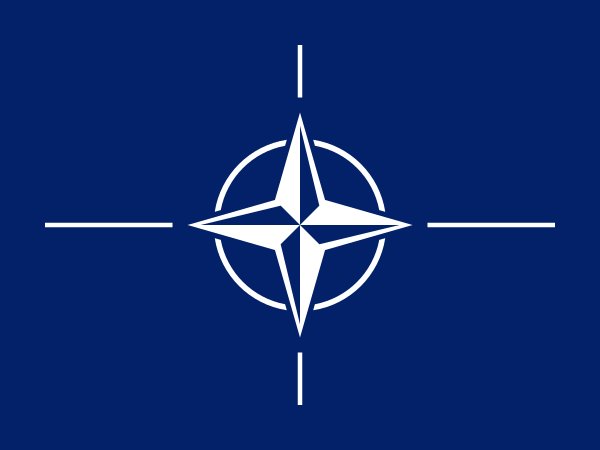NATO
The North Atlantic Treaty Organisation (NATO) came into being on 4 April 1949. It is headquartered in Brussels, Belgium. NATO is a collective defense organisation. If a member state is attacked, the other member states must work to defend that state from the aggressor. When West Germany was given NATO membership in 1955, the Soviet Union responded by creating its own collective defense organization: the Warsaw Pact.
The original North Atlantic Treaty was signed by Canada, Luxembourg, France, Italy, Iceland, Denmark, the United States, the Netherlands, the United Kingdom, Iceland and Denmark. Turkey and Greece then joined in 1952. The North Atlantic Treaty stated that if Europe or North America were attacked, each of them would assist the nation being attacked.
The Treaty required that nations: “separately and jointly, by means of continuous and effective self-help and mutual aid, will maintain and develop their individual and collective capacity to resist armed attack.”
The outbreak of the Korean War (1950-1953) increased Western anxieties about Communism. NATO responded by enlarging its military capacity. At the Lisbon Conference in February 1952, NATO members discussed a possible expansion of the organisation to 96 military divisions. In 1953, it was agreed to limit the organisation to 35 divisions but with a greater reliance on nuclear weapons.

For several years, only America could provide nuclear weaponry for NATO, though the United Kingdom And France eventually developed their own nuclear weapons. Britain tested its first nuclear weapon in 1952 and its first hydrogen bomb in 1957. France tested its first nuclear weapon in 1960.
In 1959 France started to withdraw from NATO. President Charles de Gaulle thought that America was overly dominant in the organisation, and he was angered by the ‘special relationship’ between America and the United Kingdom. Under de Gaulle’s orders, the French Mediterranean Naval Fleet withdrew from NATO command. He then went on to ban France from holding foreign nuclear weapons, and eventually, in 1966, NATO withdrew it command over all French military forces. Although France was still a member of NATO, its armed forces were put under the control of the French government. However, in secret talks, plans were made to place French forces under NATO command in the event of a conflict between East and West.
In the immediate aftermath of World War Two, Western Europe relied on American support to protect itself against the Soviet threat. However, as Western Europe recovered from World War Two, worries emerged that America was overly dominant in NATO and Western European affairs - hence France’s fall-out NATO. In the UK something similar occurred. The UK was less openly critical of America’s dominance of NATO, but she still developed an independent nuclear capability. Both France and the UK also developed an independent nuclear submarine capability. However, the UK purchased US missiles.
To protect Western Europe from the Soviet Army and the Warsaw Pact, NATO based an air and huge land force in West Germany. NATO reacted to the Warsaw Pact’s increased military strength by deploying American Cruise and Pershing II missiles to Western Europe. When the Warsaw Act went on to deploy SS-20 missiles in Eastern Europe, NATO matched them by deploying more modern Pershing missiles.
| NATO | |
|---|---|
| Ground Forces | 1,986,000 |
| Divisions | 90 |
| Main Battle Tanks | 20,722 |
| Anti-Tank guided weapon launchers | 2,080 |
| Submarines | 182 |
| Anti-Submarine Submarines | 385 |
| Capital Ships (eg. carriers) | 314 |
| Other Naval Craft | 821 |
| Fighter Aircraft | 4,338 |
| Anti-aircraft guns and surface to air missiles | 6869 |
After the end of the Cold War, several new countries, including former Warsaw Pact members, joined NATO. In 1999, Hungary, the Czech Republic and Poland joined. Estonia, Latvia, Bulgaria, Romania, Slovenia, Slovakia, Lithuania, Croatia and Albania have since joined the organisation. Under the leadership of Nicolas Sarkozy, France returned to full membership in 2009.
MLA Citation/Reference
"NATO". HistoryLearning.com. 2025. Web.
